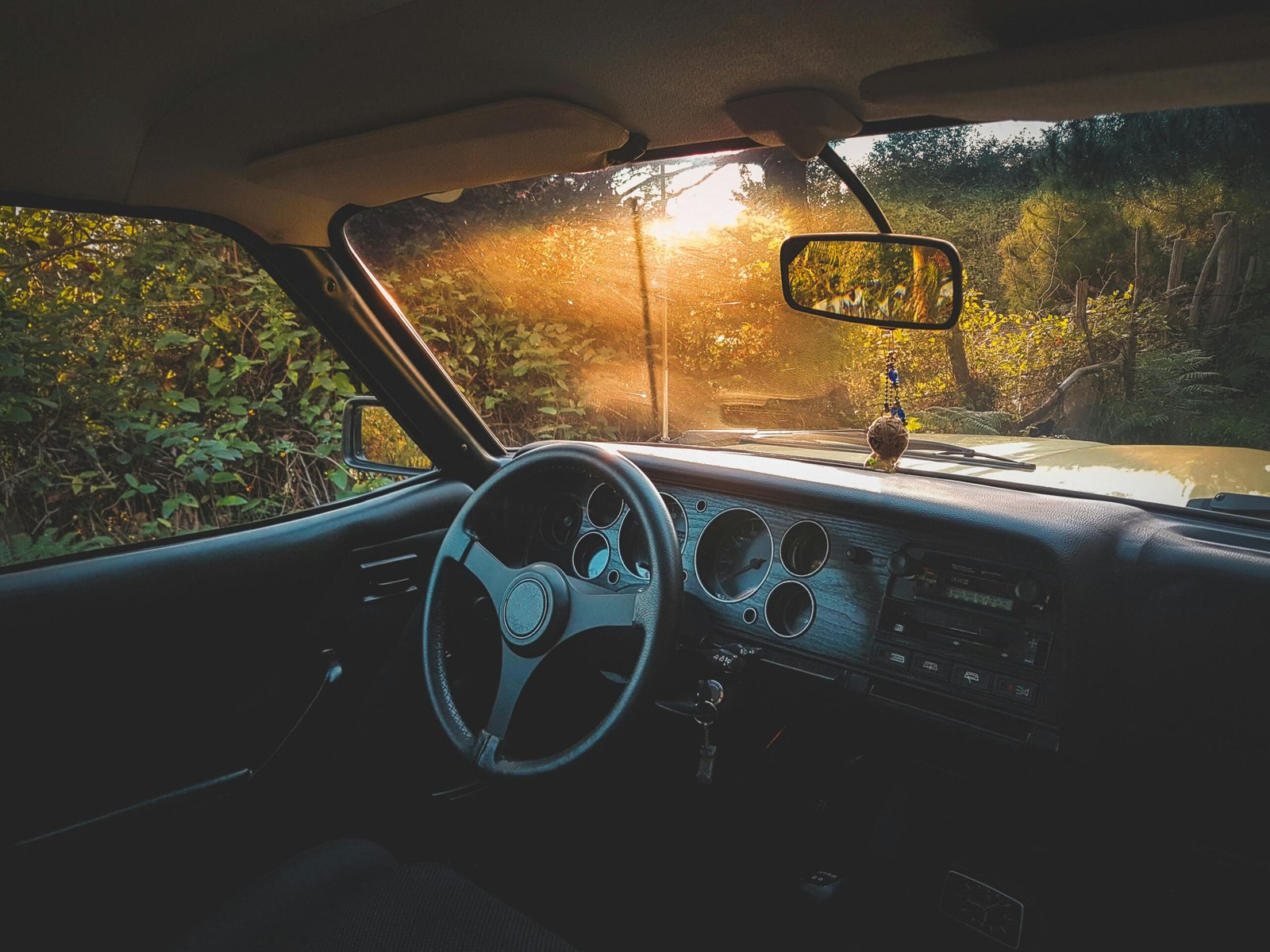Sunbeam Tiger Car: The Definitive Expert Guide
Key Takeaways
- The Sunbeam Tiger is a British 2‑seat roadster (1964–67) with a transplanted Ford V8 by Shelby design.
- ~7,000 built (Mk I ~6,400; Mk IA; Mk II ~633), ~5,000 imported to the USA.
- 0–60 mph in ~7.5–8.6 s; top speed around 120 mph.
- Limited restoration resources: engine bay layout, V8 swap quirks, parts sourcing.
- Collectors’ prices range from ~$20K to $130K+ based on condition, originality, and rarity.
1. Origins & Design Genesis
The Tiger originated when Rootes Group wanted more muscle for the Alpine roadster but lacked an engine. Following failed overtures to Ferrari, the idea of swapping in a Ford V8 emerged, encouraged by Jack Brabham and executed by Norman Garrad and Shelby American via the “Thunderbolt” prototypes
Rootes then signed Shelby for design royalties but contracted Jensen Motors in England to assemble production cars—thus preserving British build credentials while harnessing American V8 power.
2. Variants & Technical Specifications
2.1 Mk I / Mk IA (1964–66)
- Ford 260 cu in (4.3 L) V8, ~164 hp.
- Chassis modifications: stiffened front springs, Panhard rod rear.
- Weight increases from Alpine’s ~2,220 lbs to ~2,653 lbs.
- Performance: ~8.6 s 0–60 mph, ~120 mph top speed.
- Mk IA introduced minor cosmetic tweaks: vinyl roof, squared door corners, optional AC, removal of lead weight.
2.2 Mk II (1967)
- Limited run (~633 units), 289 cu in (4.7 L) V8, ~200 hp.
- Upgraded compression, oil cooler, alternator, wider transmission ratios, cosmetic stripes/grille change.
- Marketed mainly for the U.S., some right‑hand‑drive units went to UK police fleets.
3. Competition Legacy & Motorsport
Sunbeam entered the Tiger in rally and endurance races. Two Mk I prototypes ran the 1964 24 Hours of Le Mans (DNF), while factory “Works” rally cars finished class‑high in Targa Florio and Monte Carlo Rally (e.g. 4th overall at Geneva Rally).
These root causes enhance the Tiger’s appeal as a legitimate race‑bred classic—not just a vanity V8 swap.
4. Restoration & Maintenance Insights
4.1 Engine Bay & Access Methods
- Tight engine bay: left bank spark plugs accessible only via firewall bung; oil filter relocated near alternator.
- Access panels and firewall servicing guidance needed for restorers.
4.2 Parts Rarity & Sourcing
- Mk II parts and conditioned body panels rarer.
- Owner networks like TigersUnited offer group buys; fabrication may be needed.
4.3 Structural Weaknesses
- Aluminum radiator may corrode; Panhard rod mounts can fatigue.
- Reinforced chassis bolts recommended.
5. Collectibility & Modern Value
- Production ~7,000 units total (~6,400 Mk I, ~2700 Mk IA subset, ~633 Mk II)
- Only a few hundred Mk IIs survive worldwide.
- Current prices: ~$20K for project cars; $70–90K for solid restored examples; concours Mk IIs and Harrington coupé prototypes selling for $150K–187K+
7. Historical Context & Cultural Significance
Rootes intended to evoke the earlier 1920s Sunbeam Tiger car land speed record car driven by Henry Segrave, who hit ~152 mph in 1926, tying heritage into the brand name Wikipediawired.com.
The Tiger also gained pop‑culture presence via 1960s TV shows like Get Smart, boosting visibility in U.S. markets.
Conclusion & Recommendations
The Sunbeam Tiger remains an exceptional classic: a lightweight British roadster matched with reliable American V8 power. It delivered performance, character, and versatility. While niche in production, its racing pedigree, design authenticity, and restoration community ensure enduring appeal.
For enthusiasts considering ownership:
- Seek documentation on engine version and originality.
- Be mindful of tight engine packaging when considering restoration.
- Join owner networks for parts sourcing and technical support.
